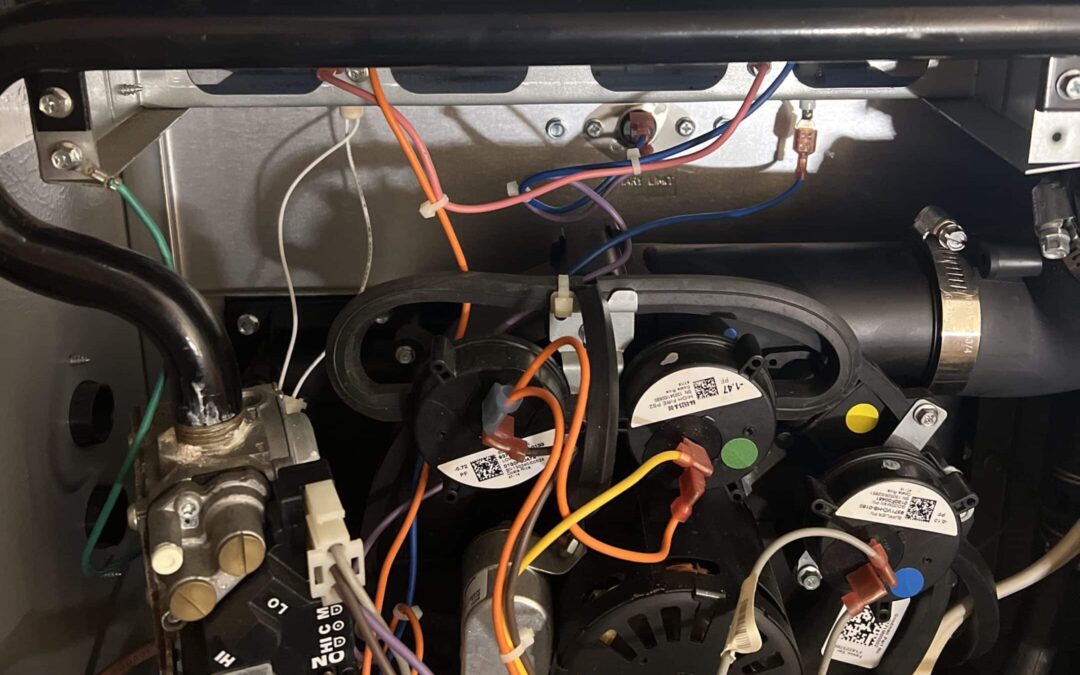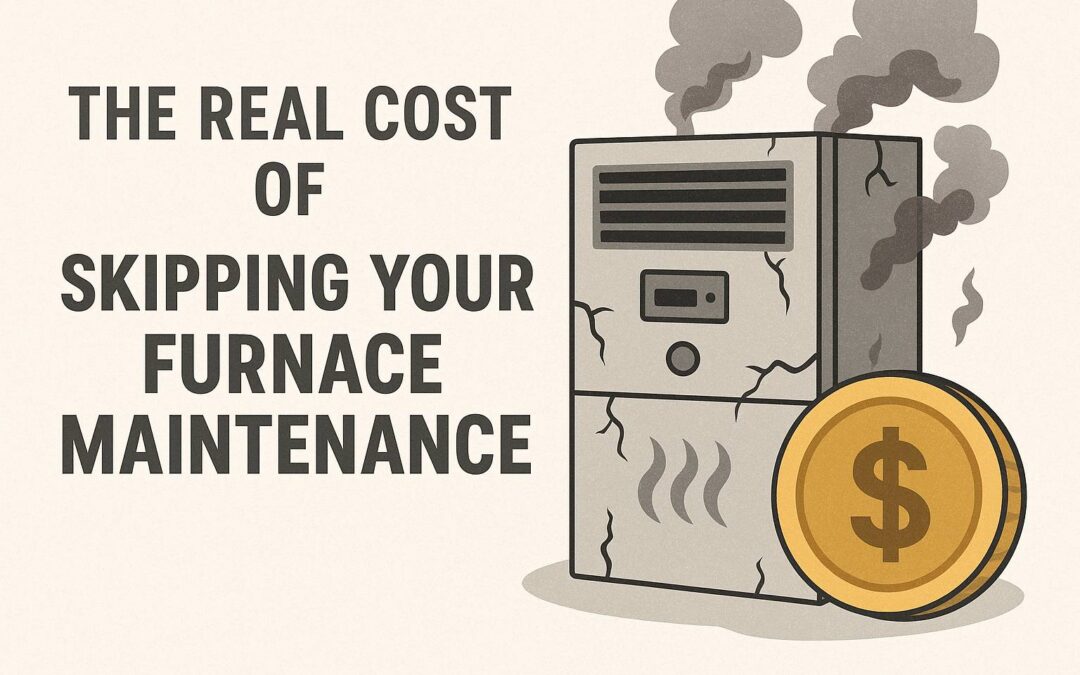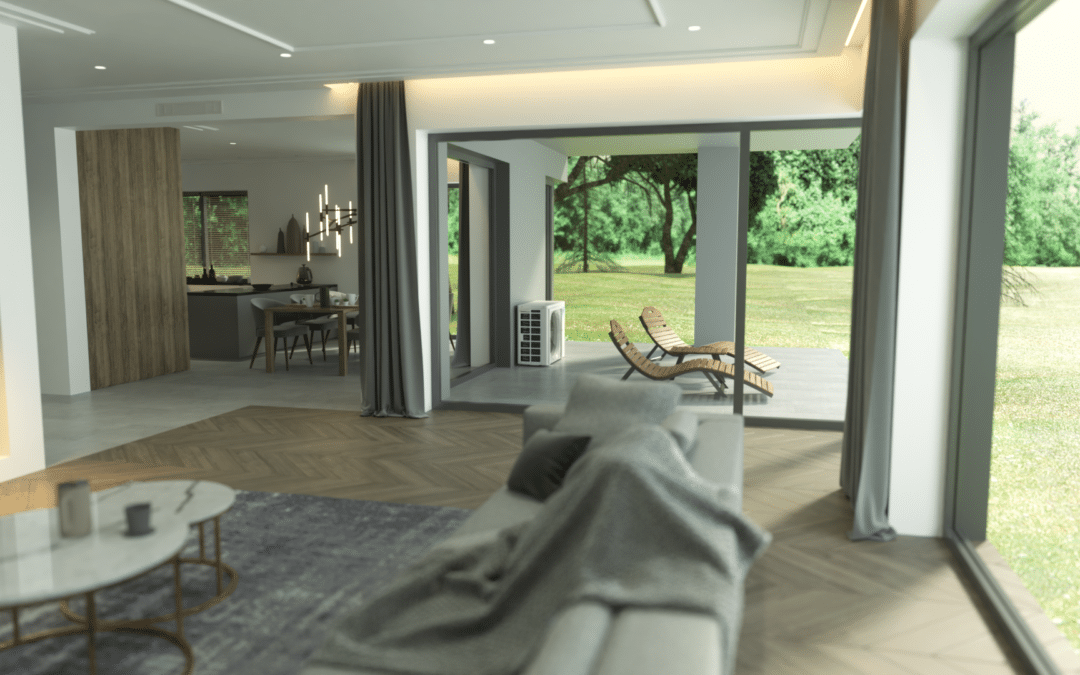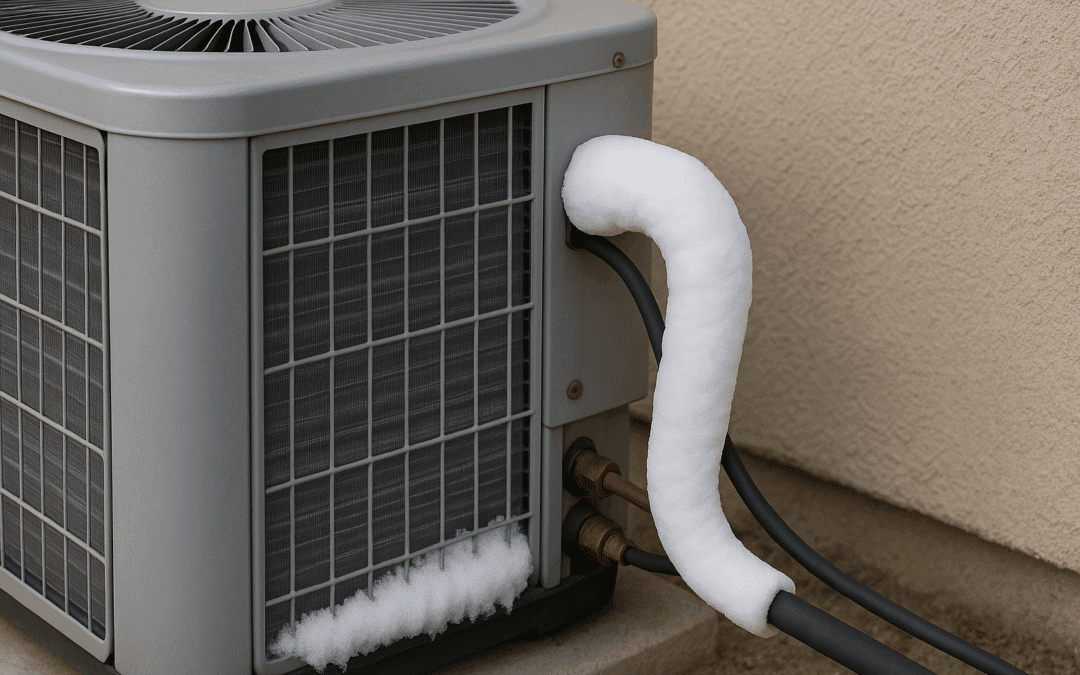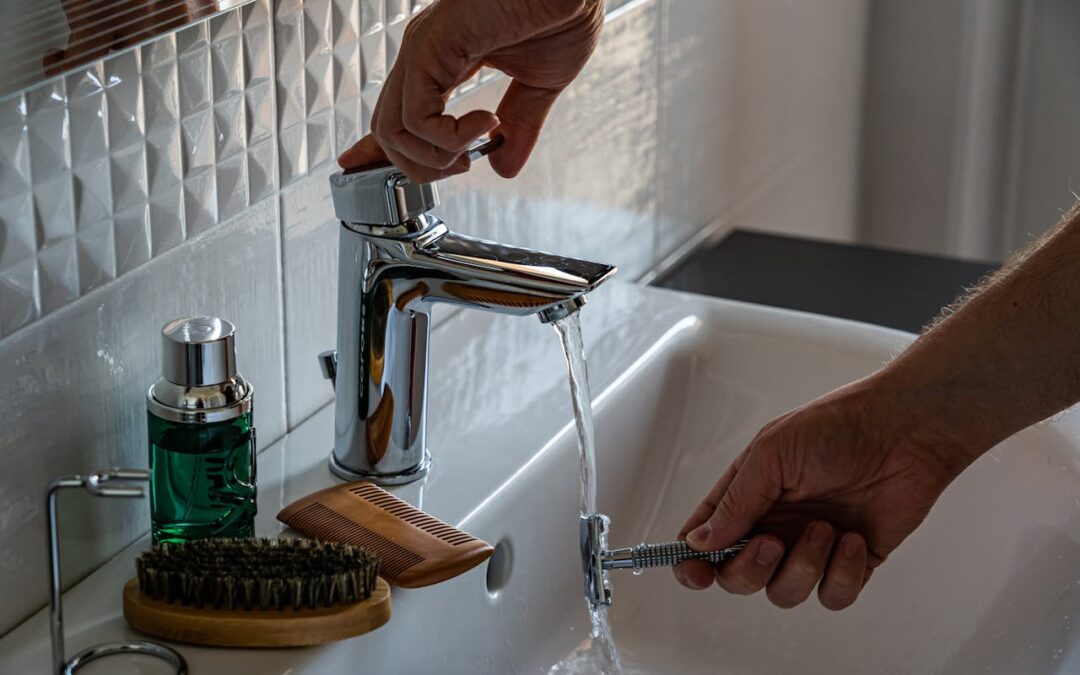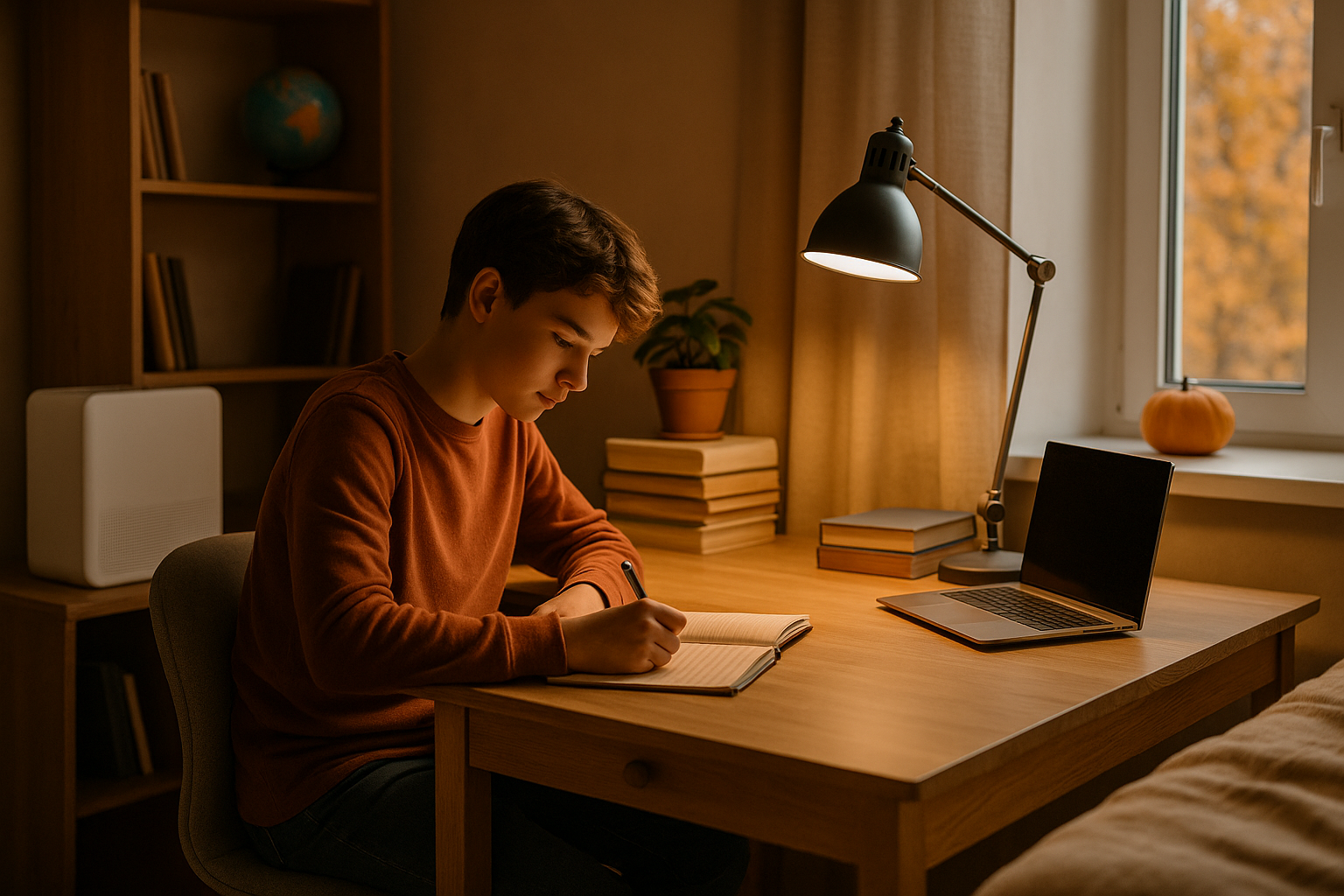
Why Indoor Air Quality Matters in the Fall
When the leaves turn and thermostats go from cool to cozy, we tend to shut our windows and hunker down. That means we’re breathing the same air over and over again. Indoor air can be two to three times more polluted than the air outside, and we spend up to 90 % of our time indoors. That’s a lot of time to share air with dust bunnies and rogue pollen grains. If anyone in your house is a child, older adult, or has respiratory issues, poor air quality can make sniffles and sneezes more frequent than pumpkin-spice lattes.
Common Indoor Air Pollutants
Many culprits can lurk inside a home. These include pollen, dust mites, mold spores, household dust, pet dander, bacteria, tobacco smoke and even smog that creeps in from outside. You don’t have to see them to be affected: they can trigger allergies, asthma attacks and general irritation of eyes, noses and throats. Think of them as party crashers at your indoor autumn hibernation.
Five Ways to Improve Indoor Air Quality
- Keep your filters fresh. Furnaces work overtime in the fall and winter. A dirty filter recirculates dust and allergens, so change or wash your furnace filter regularly—ideally every month during the heating season. Upgrading to a high‑efficiency 5″ filter is like swapping your old hockey gear for new pads: better protection and less stink.
- Purification and HEPA filtration. High‑efficiency particulate air (HEPA) filtration captures tiny particles that typical filters miss, while UV purification helps neutralize bacteria and viruses. It’s like giving germs their own sunlight therapy session—minus the lounge chairs.
- Maintain proper humidity. Cold air holds less moisture, and dry indoor air can irritate your respiratory system. A whole‑house humidifier adds the right amount of moisture and helps your home feel warmer without cranking up the thermostat. Your skin (and your wooden furniture) will thank you.
- Ventilate with HRVs or ERVs. Heat and energy‑recovery ventilators bring in fresh outdoor air while exhausting stale indoor air. They recover heat from outgoing air, so you get fresh air without a cold draft or a shock when you see the energy bill.
- Embrace smart solutions like the Daikin One ecosystem. Daikin’s integrated system monitors, filters, ventilates and even visualizes your home’s air quality in real time. The Daikin One Home Air Monitor learns your home’s baseline and sends alerts when conditions change. It’s like having a personal air‑quality tutor that not only points out problems but offers solutions. Pair it with a Daikin air purifier to reduce airborne pollutants, allergens and volatile organic compounds.
Back‑to‑School Germ Tips
With kids back in class, the fall often kicks off a wave of colds and other bugs. Health experts suggest improving ventilation to reduce respiratory viruses—ensure your HVAC system meets ventilation standards, open windows where it’s safe, and use portable air cleaners. Clean frequently touched surfaces and toys, encourage proper handwashing, and teach children to cough or sneeze into their elbows. Staying up to date on vaccinations is another smart defence. A little soap and a few fresh‑air breaks now can save a lot of sick days later.
Ready for Fresher Air?
Fall should smell like cinnamon and campfires, not musty filters and dirty ducts. If you’re ready to take control of your home’s air, our team at ServicePlus can help. From humidifiers and air purifiers to HRVs and smart Daikin solutions, we’ll tailor the right system for your family’s needs. Explore our indoor air quality services, and learn more about the Daikin One ecosystem. After all, breathing clean air is one fall tradition worth keeping.
